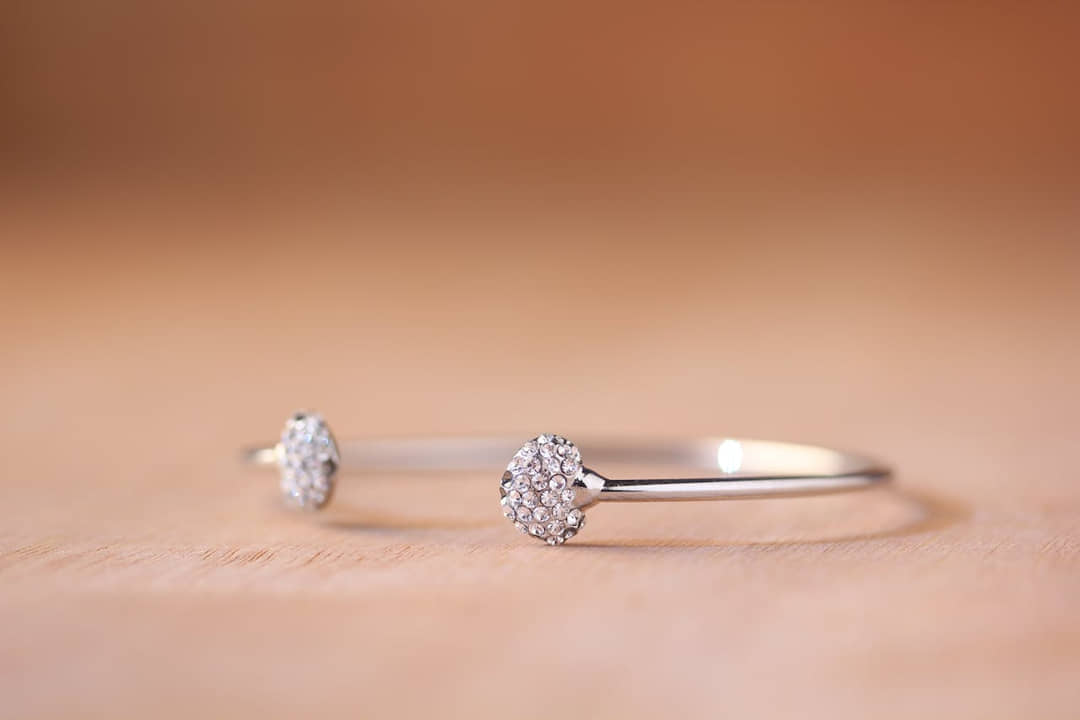The History and Evolution of Engagement Rings

Engagement rings, a symbol of love and commitment, have woven their way through the tapestry of history, evolving in design, significance, and cultural relevance. This piece of jewelry, often a band adorned with a precious stone, has become an integral part of marriage proposals worldwide. Yet, its journey from ancient to modern times is as intricate and fascinating as the rings' designs.
The Ancient Beginnings
The earliest recorded examples of engagement rings date back to Ancient Egypt. Egyptians, known for their rich culture and art, believed in the vena amoris, a vein that ran directly from the fourth finger on the left hand to the heart. Thus, they adorned this finger with braided hemp or reeds rings to symbolize eternal love and commitment. These rings, though not luxurious in material, held profound meaning and were a testament to the unending cycle of life and love. Learn more about these historical artifacts at https://diamondsonrichmond.co.nz/engagement-rings.
The Medieval and Renaissance Influence
The Advent of Precious Metals and Stones
Engagement rings began to evolve in material and design as time progressed. During the Roman Empire, iron rings symbolized the strength of a bond. However, it was not until the Medieval period that gold rings studded with gems became fashionable. The first recorded use of a diamond engagement ring was in 1477 when Archduke Maximilian of Austria proposed to Mary of Burgundy. This event heralded a new era where diamonds, revered for their strength and brilliance, became synonymous with engagement rings.
The Renaissance period saw further development in the design of engagement rings. Rings from this era were often elaborately designed, reflecting the art and culture of the time. The use of precious stones like rubies, emeralds, and sapphires alongside diamonds became prevalent, adding color and vibrancy to the designs.
The Victorian and Edwardian Eras
Romanticism and Detailed Craftsmanship
The Victorian era, named after Queen Victoria, who was deeply in love with her husband Prince Albert, saw engagement rings become more romantic in design. Rings from this period featured intricate designs, often with floral motifs and incorporating diamonds and other colored gemstones. The Edwardian era followed with a focus on elegance and sophistication. Rings from this period were often crafted with platinum and characterized by delicate filigree and lace-like details, reflecting the high level of craftsmanship of the time.
The 20th Century and Modern Times
Evolution to Contemporary Styles
The 20th century witnessed significant changes in the design and perception of engagement rings. The Art Nouveau and Art Deco movements brought about rings with unique and bold designs, often featuring geometric shapes and vibrant colors. The Great Depression and World War II saw a temporary decline in elaborate ring designs, as austerity and practicality became more important.
However, the post-war era marked a resurgence in the popularity of engagement rings, fueled partly by marketing campaigns like De Beers' famous “A Diamond is Forever” slogan in 1947. This period saw the rise of the classic solitaire diamond ring, which remains a popular choice today.
Ring styles have continued to evolve in the late 20th and early 21st centuries. While the classic diamond solitaire remains popular, there is a greater emphasis on individuality and personalization. Couples today choose from various styles, stones, and settings, reflecting their unique personalities and relationships. Vintage-inspired designs have also seen a resurgence, as people look to the past for inspiration.
Conclusion
The history of engagement rings is a journey through time, culture, and fashion. From the simple reed rings of Ancient Egypt to today's sophisticated and personalized designs, engagement rings have continuously evolved while maintaining their symbolism of love and commitment. As we look to the future, the tradition of the engagement ring, in all its forms, remains a cherished and enduring symbol of two people's intent to share a lifetime together.


